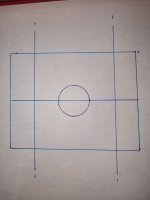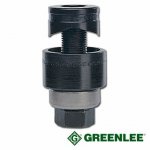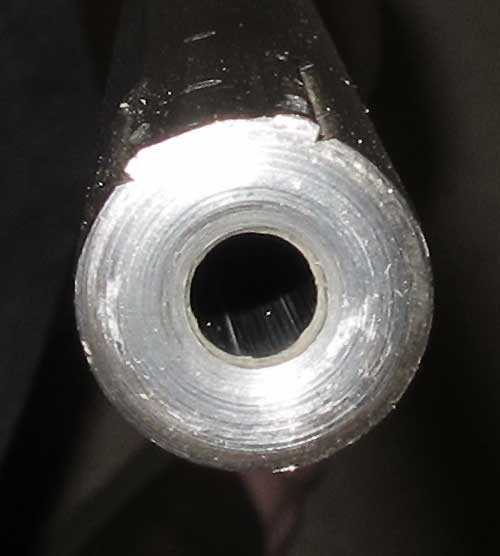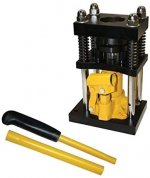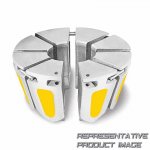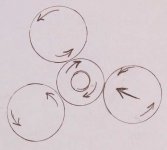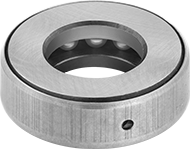I've been machining barrel blanks for a few years now with pretty solid results. Mainly rimfire and lately airgun slug barrels, but I have been wanting to experiment more with adding choked muzzles on some of the barrels that I suspect would shoot much tighter groups if the last inch and change of the bores had a slight taper.
Has anyone here done anything like that before? I thought that I had an old gunsmithing book that talked about this, but there's not a lot of information out there (I'm sure the barrel manufacturers aren't motivated to share how they do it).
That being said, I have been able get pretty close to the desired result with some of the airgun barrels when I thread the muzzles in the standard 1/2-20 UNF or M14x1 (depending on the platform). I can manipulate the bore a little, usually when turning down the barrel material taking heavier cuts towards the muzzle end as I turn it down about the desired angle that I want the bore to taper off to. I'm just not sure if there's a better way to do this, especially with some of the rimfire barrel projects, where I don't have much material to work with.
Hopefully this makes sense. Any tips would be greatly appreciated!
Has anyone here done anything like that before? I thought that I had an old gunsmithing book that talked about this, but there's not a lot of information out there (I'm sure the barrel manufacturers aren't motivated to share how they do it).
That being said, I have been able get pretty close to the desired result with some of the airgun barrels when I thread the muzzles in the standard 1/2-20 UNF or M14x1 (depending on the platform). I can manipulate the bore a little, usually when turning down the barrel material taking heavier cuts towards the muzzle end as I turn it down about the desired angle that I want the bore to taper off to. I'm just not sure if there's a better way to do this, especially with some of the rimfire barrel projects, where I don't have much material to work with.
Hopefully this makes sense. Any tips would be greatly appreciated!

